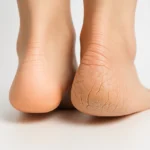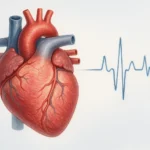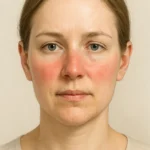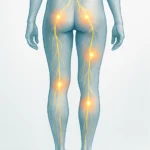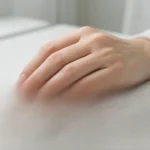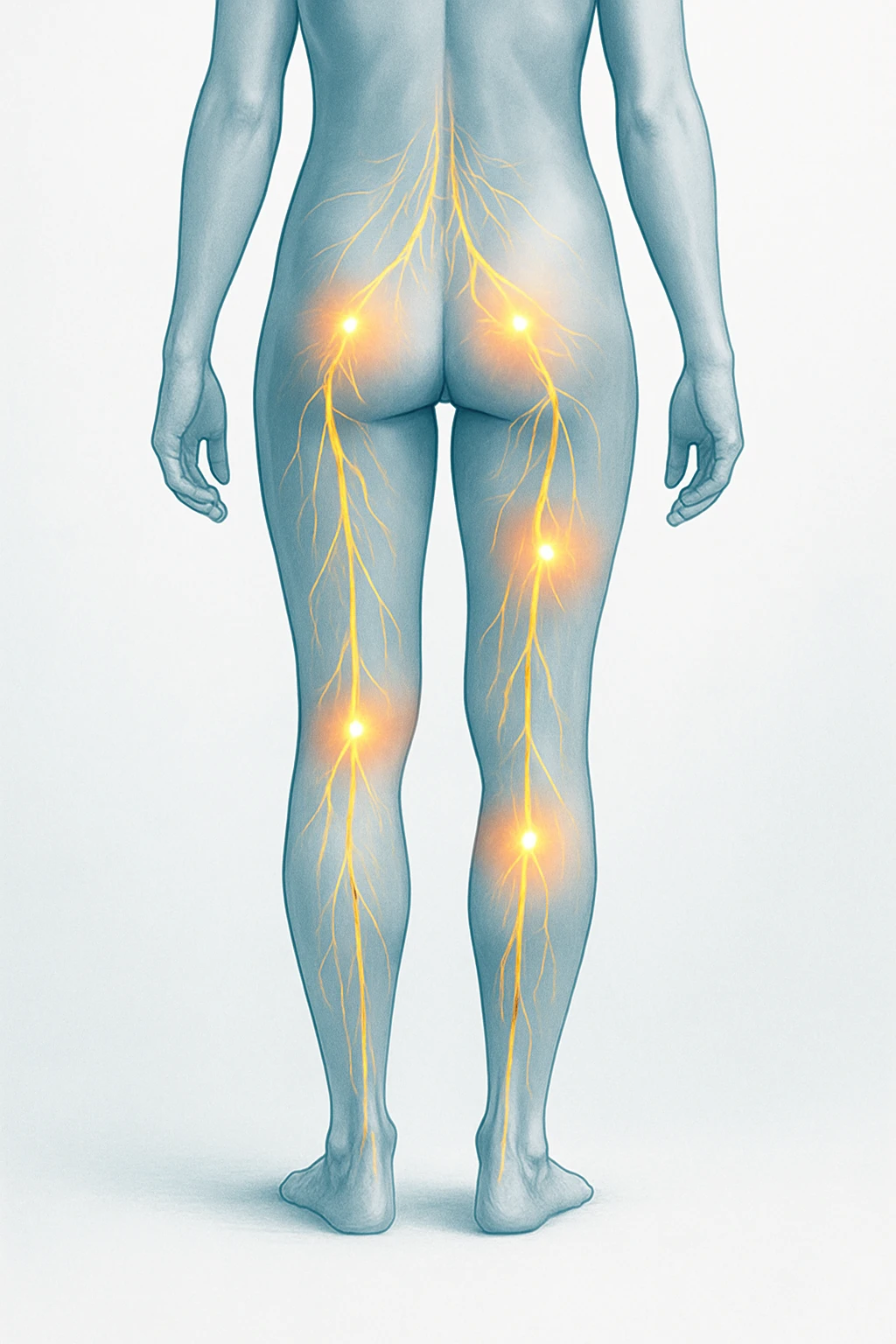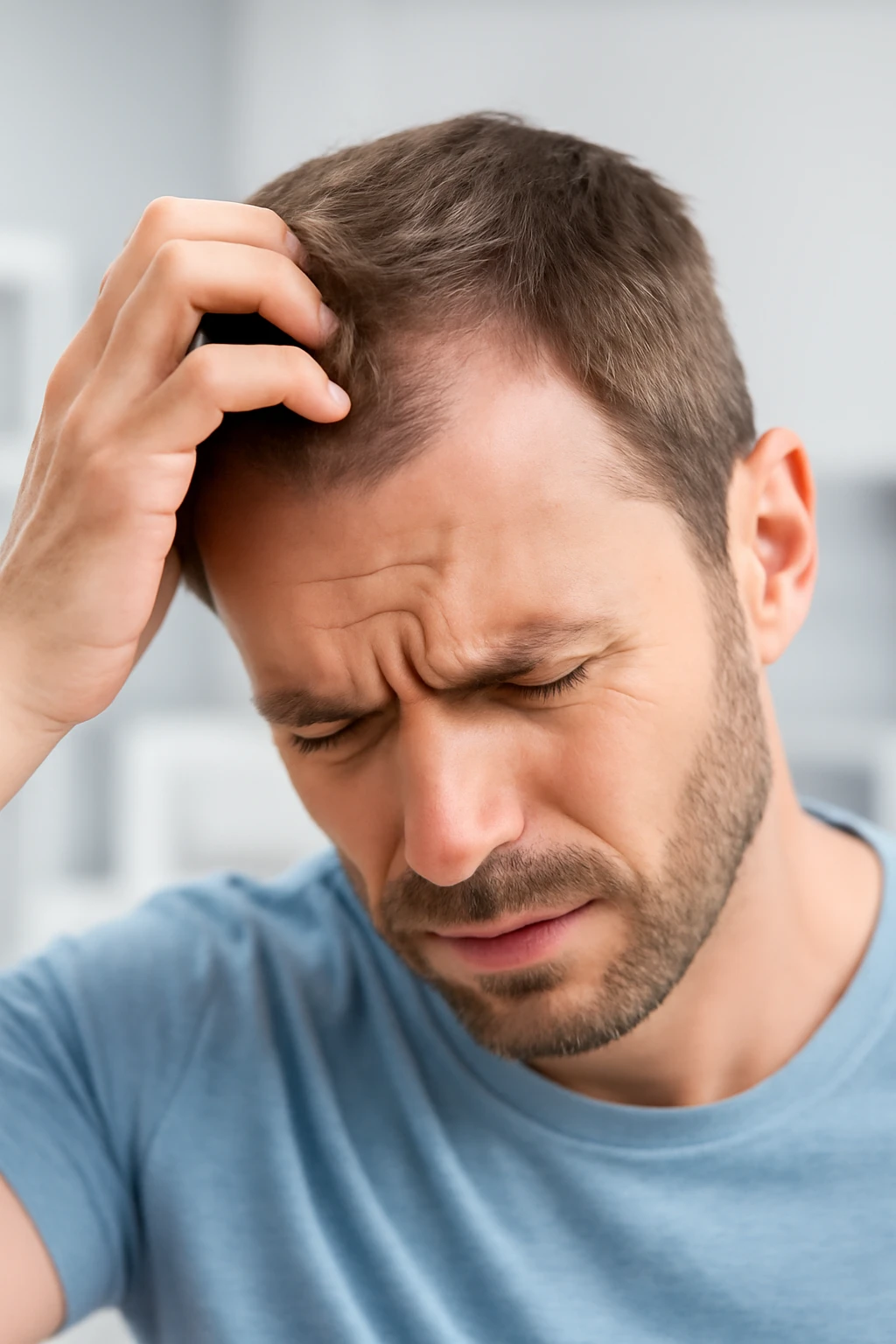
Understanding Pressure in Temples: Causes, Symptoms, and Treatment Options
Pressure in the temples is a common experience, often linked to tension-type headaches. It can result from stress, poor posture, or more serious conditions like brain tumors or traumatic brain injury. Most cases are related to muscle tension, but it is important to recognize that more severe underlying issues may require prompt medical attention. This article will explore the causes of temple pressure, its symptoms, and available treatment options, with a focus on lifestyle adjustments and medical interventions.
Common Causes of Pressure in the Temples
Temple pressure is commonly associated with tension-type headaches. This discomfort typically involves a sensation of tightness or discomfort around the sides of the head, particularly at the temples. The intensity of the pressure can vary, and it often occurs alongside symptoms such as:
- Tension in the neck or head
- Dizziness
- Jaw pain
Other common causes include:
- Stress
- Poor posture
- Prolonged muscle strain
In addition to tension headaches, muscle tension from stress, fatigue, or improper posture can contribute to temple pressure. Long periods of sitting, especially with poor posture, can place strain on the muscles around the neck and scalp, leading to discomfort. In rarer cases, traumatic brain injury (TBI) or brain tumors may cause pressure in the temples due to brain damage, swelling, or increased intracranial pressure.
More severe symptoms, such as nausea, vomiting, visual disturbances, or cognitive changes, may indicate the need for further evaluation.
Symptoms of Pressure in the Temples
Pressure in the temples can be accompanied by a range of symptoms, helping to indicate the underlying cause. Common symptoms include:
- Dizziness: Lightheadedness or imbalance, often due to muscle tension affecting the head and neck.
- Jaw Pain: Pain from muscle tension in the temporomandibular joint (TMJ), often aggravated by stress.
- Neck and Head Tension: Tightness in the muscles of the neck and scalp, particularly during periods of stress or poor posture.
These symptoms may occur together or independently, depending on the specific cause of the pressure in the temples. Persistent dizziness, for instance, may signal an issue beyond muscle tension, requiring further evaluation if accompanied by nausea or blurred vision. Jaw pain may indicate TMJ disorders, while neck tension may reflect stress or poor posture. Early recognition of these symptoms can help prevent further complications.
Diagnosing the Cause of Temple Pressure
Diagnosing the cause of temple pressure involves a comprehensive evaluation, starting with a detailed medical history and symptom review. Key questions include the onset, duration, and severity of the pressure, along with other symptoms like:
- Dizziness
- Jaw pain
- Neck tension
A physical exam follows, focusing on the head, neck, and jaw to identify signs of muscle tension or posture issues. Neurological tests are often used to check for nerve involvement or dysfunction, particularly when conditions like temporomandibular joint (TMJ) disorders or more severe issues like brain tumors are suspected.
In cases of suspected neurological issues, advanced imaging techniques such as MRI or CT scans may be required. These tests help identify brain tumors, swelling, or structural changes in the brain that could be contributing to temple pressure. Imaging is especially important if the pressure is accompanied by more concerning symptoms such as nausea, cognitive changes, or visual disturbances.
Treatment for Temple Pressure
Treatment for pressure in the temples varies depending on the underlying cause. For most individuals, lifestyle adjustments and stress management techniques are key. Recommended approaches include:
- Posture Correction: Maintaining proper posture throughout the day reduces strain on neck and shoulder muscles, which can help prevent temple pressure.
- Stress Management: Practices such as meditation, deep breathing, and physical activity can lower stress, a primary trigger for temple pressure.
- Relaxation Techniques: Techniques like progressive muscle relaxation and guided imagery can reduce muscle tension, contributing to relief from temple pressure.
For persistent or severe cases, medications such as over-the-counter pain relievers or muscle relaxants may be recommended. In rare instances, surgery may be necessary if the temple pressure is caused by structural issues like brain tumors or neurological problems.
Prevention and Long-Term Management
To prevent the recurrence of temple pressure, it is important to incorporate healthy habits into your daily routine:
- Posture Correction: Regularly assess and adjust your posture to avoid strain on the neck and shoulders.
- Stress Management: Continue practicing stress reduction techniques such as meditation and exercise.
- Relaxation Techniques: Incorporate relaxation exercises into your routine to reduce muscle tension in the head, neck, and shoulders.
Maintaining a balanced lifestyle, including adequate sleep, hydration, and a healthy diet, further supports long-term management of temple pressure. With consistent efforts to manage stress and improve posture, the frequency and severity of temple pressure can be significantly reduced.
Treatment for Pressure in the Temples
Treatment for pressure in the temples depends largely on the underlying cause. In many cases, this pressure is linked to muscle tension, stress, or poor posture, which can often be addressed through lifestyle changes and stress management techniques. For those experiencing temple pressure due to these factors, making adjustments to daily routines can provide significant relief.
Common Treatment Approaches
- Posture improvement: Proper sitting and standing alignment can reduce strain on the neck and scalp muscles, often contributing to tension-type headaches.
- Physical activity: Regular exercises like stretching, yoga, or other activities help alleviate muscle tightness and improve overall muscle function.
- Relaxation techniques: Practices such as deep breathing, meditation, and mindfulness help reduce stress, a primary trigger for temple pressure.
For those with more persistent or severe temple pressure, medications may be necessary. Over-the-counter pain relievers such as ibuprofen or acetaminophen are effective for mild to moderate discomfort. In some cases, healthcare providers may recommend prescription medications, including muscle relaxants or stronger pain relievers, for more intense symptoms.
Advanced Treatments
In rarer cases, if temple pressure is caused by more serious conditions such as brain tumors or neurological disorders, surgical intervention may be required. Although less common, these situations require urgent medical attention and specialized treatment. Surgery is typically reserved for cases where other treatments are ineffective or when structural abnormalities are detected that need correction.
Ultimately, the appropriate treatment for temple pressure is tailored to the individual, based on the underlying cause. A thorough assessment by a healthcare provider is essential to determine the root cause and develop an effective treatment plan.
Preventing Recurrence of Temple Pressure
Preventing the recurrence of pressure in the temples involves a combination of lifestyle changes and consistent management strategies. By addressing common triggers such as stress and poor posture, individuals can reduce their risk of experiencing temple pressure again. The following strategies can help manage and prevent this condition long-term:
Lifestyle Adjustments
- Posture correction: Maintaining proper posture throughout the day is key to preventing muscle strain that leads to temple pressure. Ensure your spine is aligned when sitting or standing, and avoid slouching, especially during tasks like working at a desk or using a computer for extended periods. Ergonomic chairs and workstation adjustments can support proper posture and reduce strain on the neck and shoulders.
- Stress management: Since stress is a major trigger for temple pressure, incorporating stress management techniques is essential. Practices like mindfulness meditation, deep breathing exercises, and yoga can help reduce stress and promote relaxation. Regular physical activity, such as walking or swimming, also helps lower stress levels and improves overall well-being.
- Relaxation techniques: Daily relaxation exercises can reduce muscle tension in the head, neck, and shoulders, alleviating temple pressure. Progressive muscle relaxation and guided imagery are effective techniques for relaxing both the body and mind.
Additional Recommendations
- Sleep: Ensure adequate restful sleep each night to help the body recover and manage stress.
- Hydration: Staying hydrated supports muscle function and prevents tightness that could contribute to temple pressure.
- Healthy diet: A balanced diet rich in nutrients supports overall health and helps manage stress levels.
By consistently managing stress, improving posture, and maintaining a balanced lifestyle, individuals can significantly reduce the frequency and severity of temple pressure, leading to better long-term management.
Key Facts About Pressure in Temples
- Common Cause: Pressure in the temples is often caused by muscle tension from stress or poor posture.
- Tension Headaches: Tension-type headaches are a leading cause of temple pressure, commonly triggered by stress or emotional strain.
- Serious Conditions: In rare cases, traumatic brain injury or brain tumors can cause pressure in the temples.
- Associated Symptoms: Temple pressure can be accompanied by dizziness, jaw pain, or neck tension.
- Treatment Options: Treatment for pressure in temples depends on the cause, including stress management, lifestyle changes, medications, and in some cases, surgery.
Frequently Asked Questions About Pressure in Temples
What causes pressure in the temples?
Pressure in the temples is commonly caused by muscle tension, often due to stress, poor posture, or long periods of muscle strain. Tension-type headaches are a frequent cause, but in rare cases, brain tumors or traumatic brain injury can also contribute.
How can I tell if my temple pressure is serious?
Most temple pressure is linked to muscle tension, but if the pressure is accompanied by nausea, cognitive changes, or visual disturbances, it could indicate a more serious condition like a brain tumor. Seeking medical attention is important if these symptoms arise.
What are some common symptoms that go along with temple pressure?
In addition to the sensation of pressure, symptoms such as dizziness, jaw pain (often due to TMJ), and neck tension are common. These symptoms help indicate whether the cause is related to stress, posture, or another underlying condition.
Can temple pressure be prevented?
Yes, temple pressure can often be prevented by improving posture, managing stress, and practicing relaxation techniques. Regular physical activity and proper ergonomics at work or home also help reduce muscle strain.
What treatments are available for pressure in the temples?
Treatment depends on the underlying cause. For mild cases, lifestyle changes such as posture improvement and stress management can be effective. In more severe cases, medications or even surgery may be necessary, particularly if the pressure is caused by structural issues like brain tumors.
When should I see a doctor for pressure in my temples?
If temple pressure persists or worsens, or if it’s accompanied by concerning symptoms like nausea or cognitive changes, it’s important to see a healthcare provider. A thorough evaluation can help rule out serious conditions.
